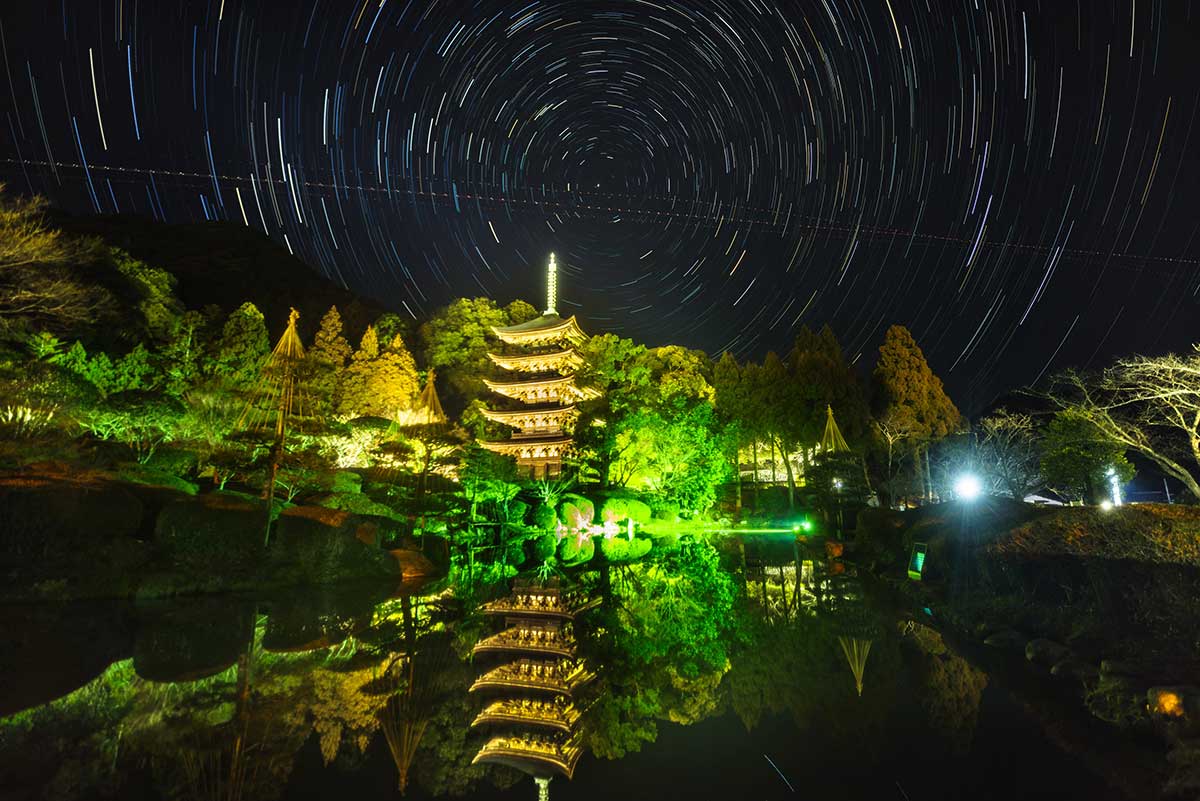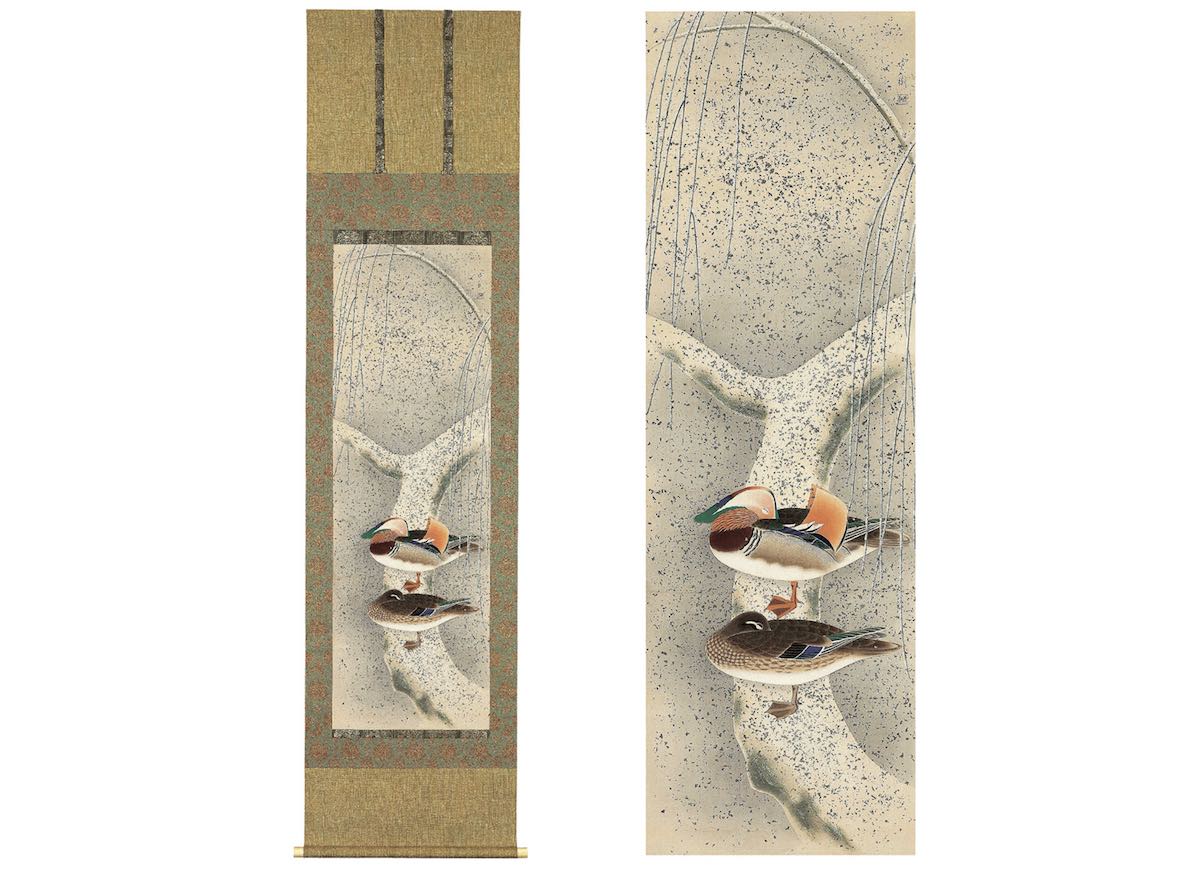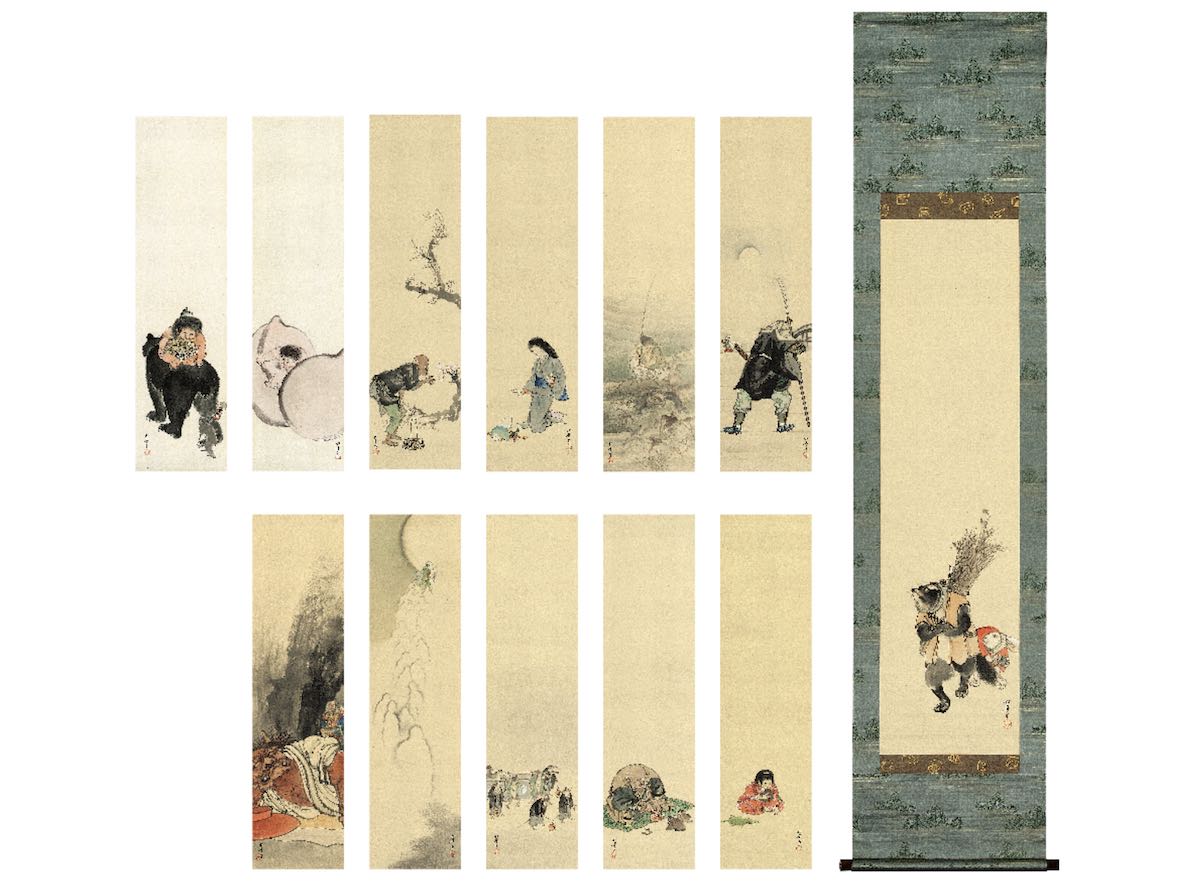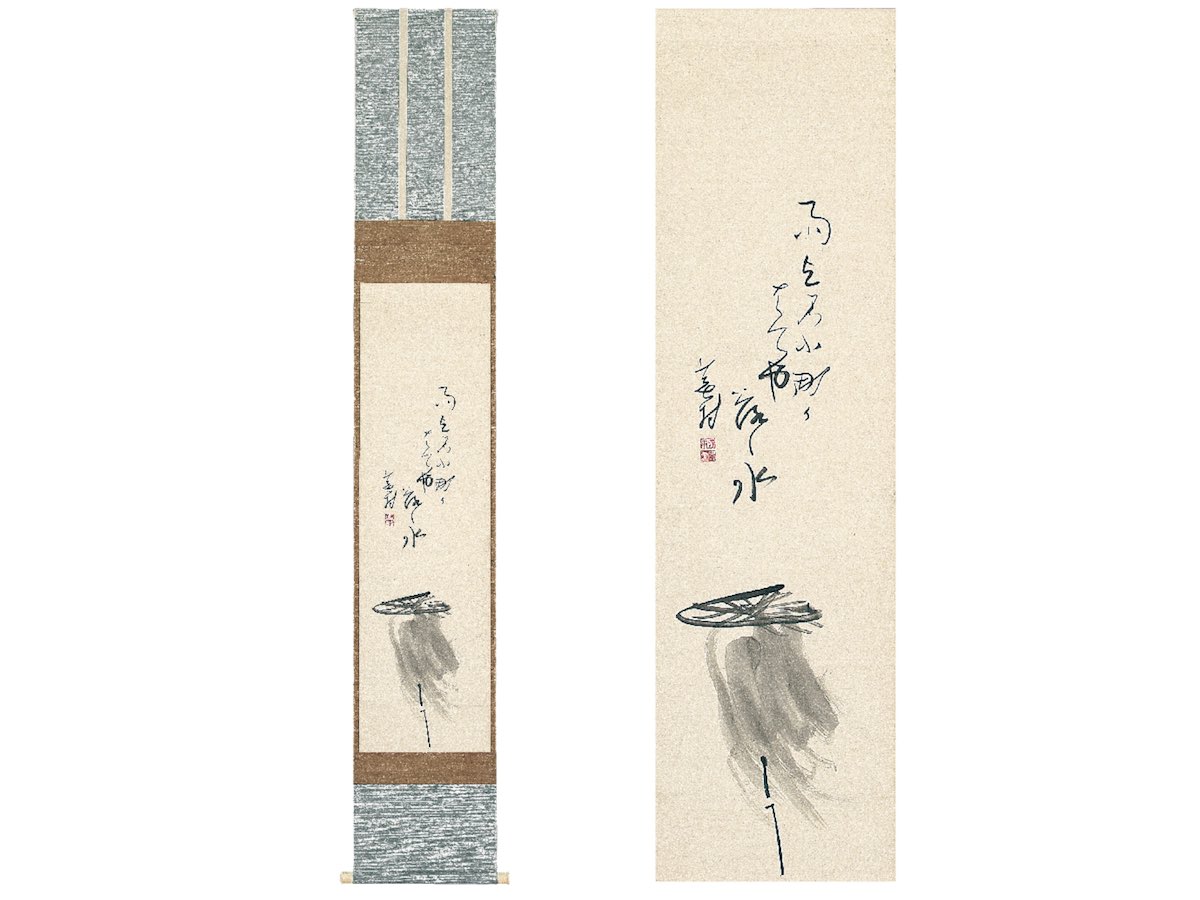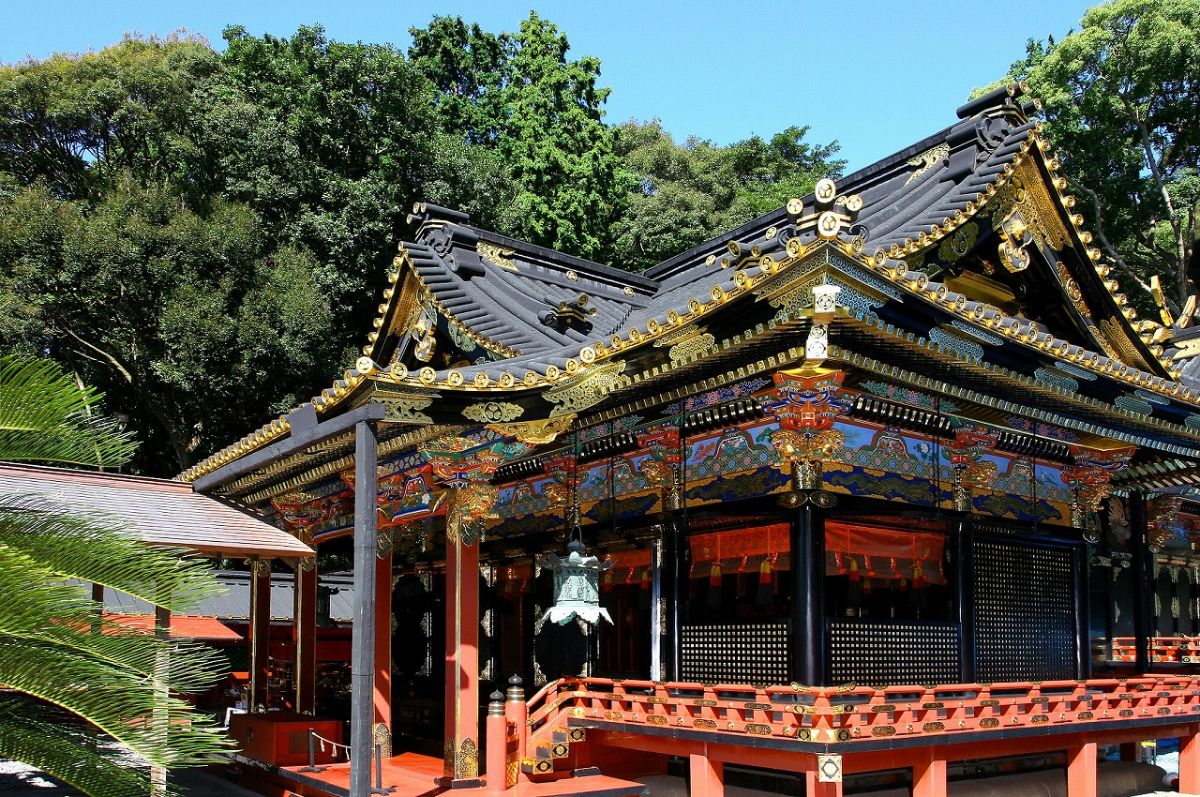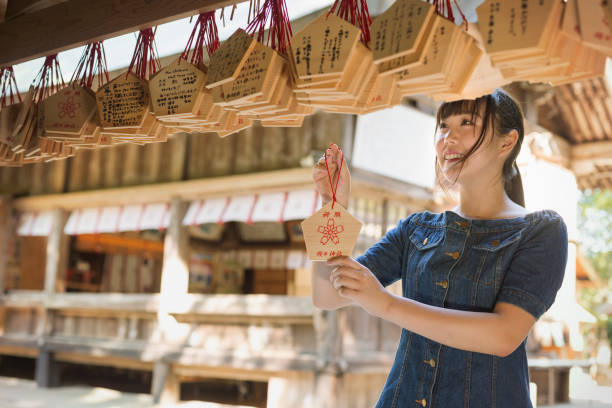The Rurikoji Pagoda, a Yamaguchi Icon
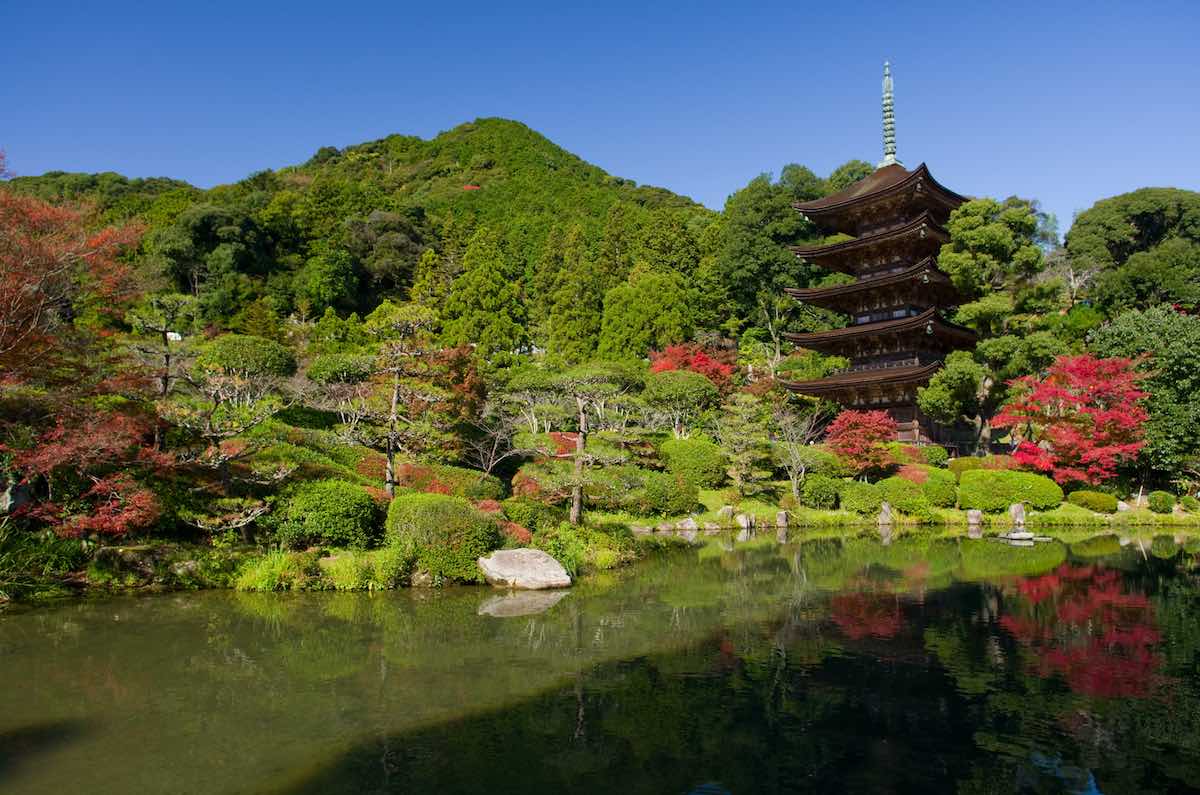
Rurikoji Pagoda is a five story pagoda in Yamaguchi that is classified as a national treasure and icon.
What Is A Pagoda?
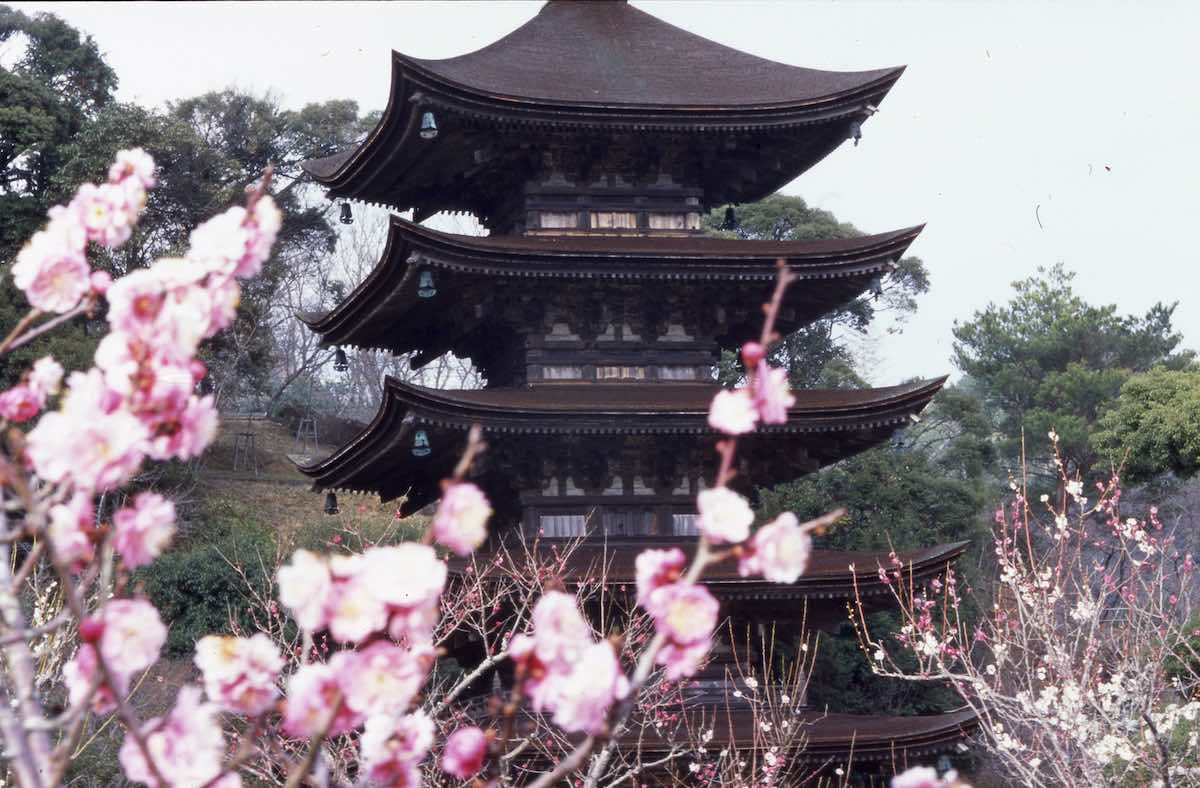
A pagoda is a tiered temple. The architectural style has its origins in South Asia and came from a type of temple named Stupa. The architectural syle was developed further In East Asia and pagodas became common sights in Nepal, Chine, Korea, Myanmar, India, Sri Lanka and of course also in Japan. The architectural style of the Japanese Pagoda is heavily inspired by the Chinese Pagoda. Most of the pagodas in Japan can be found in Buddhist temple sites. Japanese pagoda’s come in many shapes and sizes, and usually come in one of two styles , the mokuto, wood pagoda, or the sekito, stone pagoda. Of these two the sekito style is the most common in Japan. They are normally not very large and are usually below three meters.In general, they typically do not have much in the way of usable space. On the other hand wooden pagodas tend to be on the larger side. They either have two stories or an odd number of stories. When the pagodas were built with more than two stories, they were usually made with either three or five stories. A pagoda was originally used as a reliquary and did not have much in the way of religious and sacred imagery. However, in Japan, many of them have room for statues of deities inside.
Rurikoji, A National Treasure
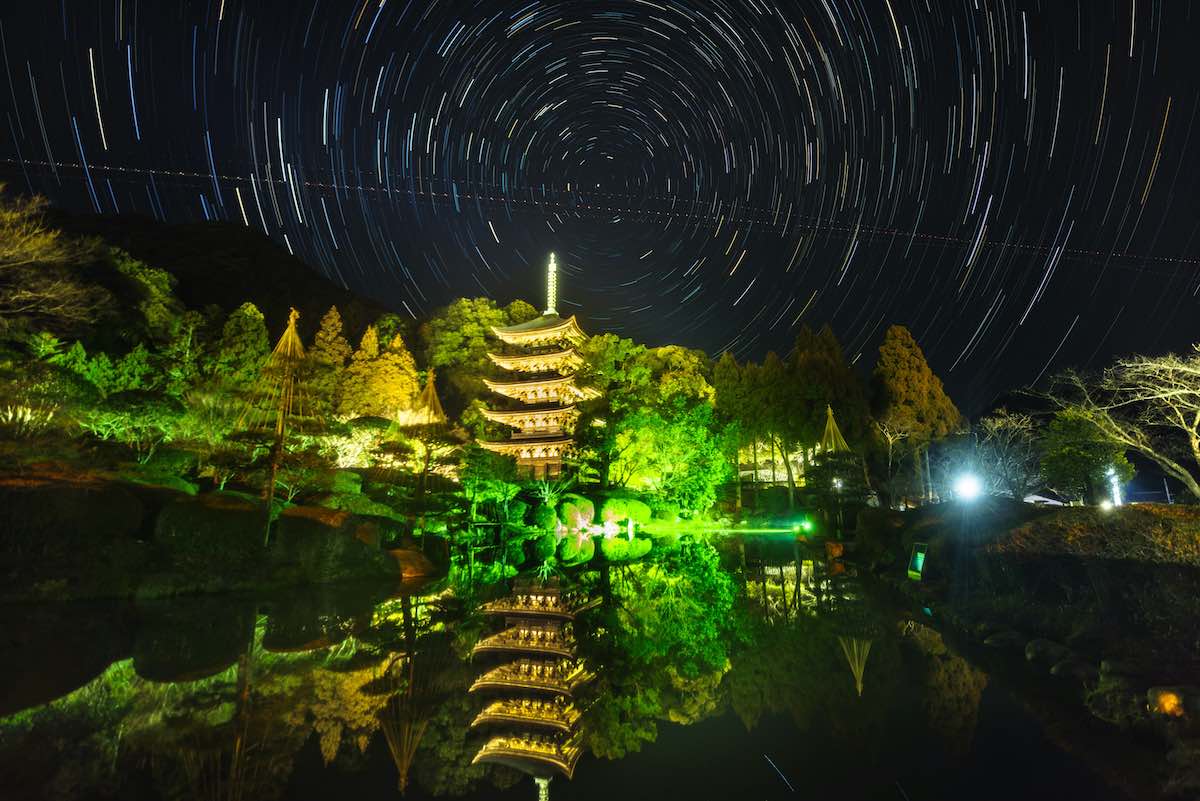
There are three very noteworthy Pagodas in Japan. The Horyuji temple in Nara, the Daigoji temple of Kyoto, and the Rurikoji temple, a Buddhist temple in Yamaguchi prefecture. In the year 1422, the Rurikoji pagoda was completed, and it was listed as a national treasure in the same year. The five-story pagoda is made with each roof slightly smaller than the one before, giving it a slender appearance. It lights up every night at ten p.m.so seeing it both in daytime and nighttime is very impressive. However, going there by night gives the pagoda a very different feeling. The atmosphere changes and the illuminated pagoda is beautifully reflected in a nearby pond. Simply put it is a marvelous sight. The pagoda itself is surrounded by trees, making it an ideal location to visit during the fall season, and also during the spring. Ruriko-Ji is fully deserving of its symbolic status in Yamaguchi prefecture, and has been showered in compliments and praise. Of all the five-story pagodas still standing in Japan, this one is the tenth oldest, and is often referred to as the most magnificent building from the Muromachi period.
The Pagoda Museum
The temple grounds of Ruriko have much more than just the gorgeous pagoda, and the grounds themselves go by the name Kozan park. The grounds house many buildings and among them are the main hall, a bell tower, a temple storehouse, and even a museum.
It is not the largest museum in the world, but it is rather well done. The museum has pictures and models of all the five stories pagodas that can be found throughout Japan. Sadly, the exhibitions have limited explanations in English, so for those that are not entirely confident in their Japanese ability bringing a friend or translator is a good idea.
Kozan Park, A Park With Lots Of History
During the Edo period (1603-1867), the region was ruled by the Mori family. Kozan park is the burial site for members of the Mori family. The path leading to the graves is paved with Uguisibari Stone, a special type of stone that creates an echo when you stomp your feet, or if you clap your hands.
Japanese pieces of history are everywhere within the park grounds. Chinryutei is the name of a tea house of historical significance. Saigo Takamori, a samurai who was amongst the three nobles that were key players in the Meiji restoration, and others would often gather at the tea house. They would gather under the guise of practicing the tea ceremony, but in reality, they were making plans that would eventually mean the end of the Edo Shogunate. Entering Cinryutei is free, and there are exhibits about people that had a hand in and led the Meiji Revolution.
How To Visit?
Travelling from Tokyo to Yamaguchi takes roughly 95 minutes by airplane. If airplanes aren’t quite your thing, the Shinkansen is also a viable option. It does, however, take a lot longer, three hours and twenty minutes.
When you arrive at Yamaguchi station, you will need to take the bus. Find the bus bound for Yamaguchi Daigaku, and get off at Kenchomae, which takes a total of six minutes. From there it is just a ten-minute walk before arriving at Kozan park and Rurikoji Temple. It is just 2.5 kilometers from Yamaguchi station to Rurikoji temple, so walking is, of course, a viable option. Or going by rental bicycle, which luckily is available just outside of the station.
Rurikoji Temple is a Buddhist temple best known for its five-storied pagoda. Having been complete...
Reference List
http://ishin150-yamaguchi.com/en/spot001/
Sponsored Links
Unmissable Tours
Expand your horizons by interacting with diversity. Take a look at guided tours on which you can connect personally with the guides and have truly extraordinary experiences.
Search
